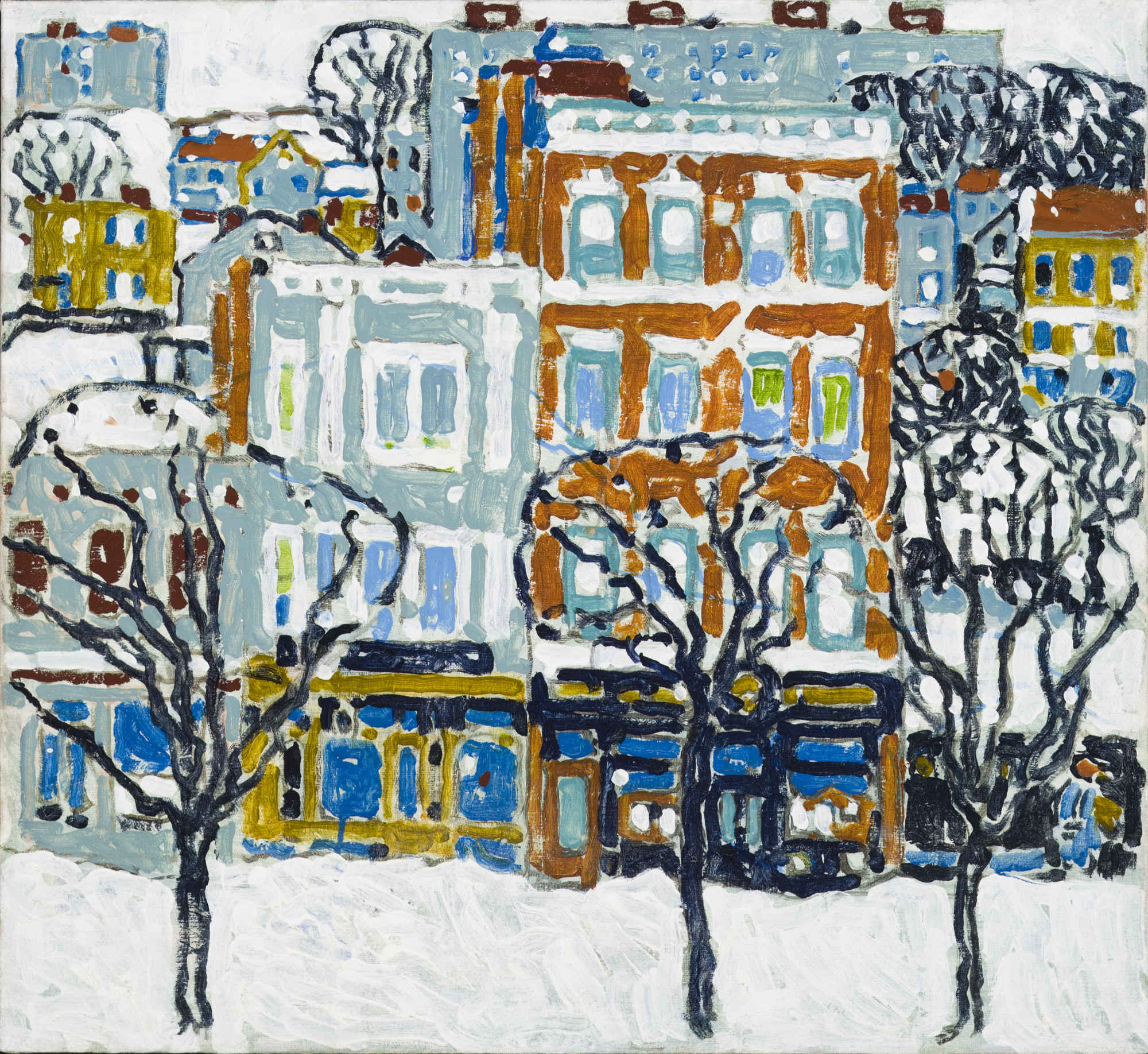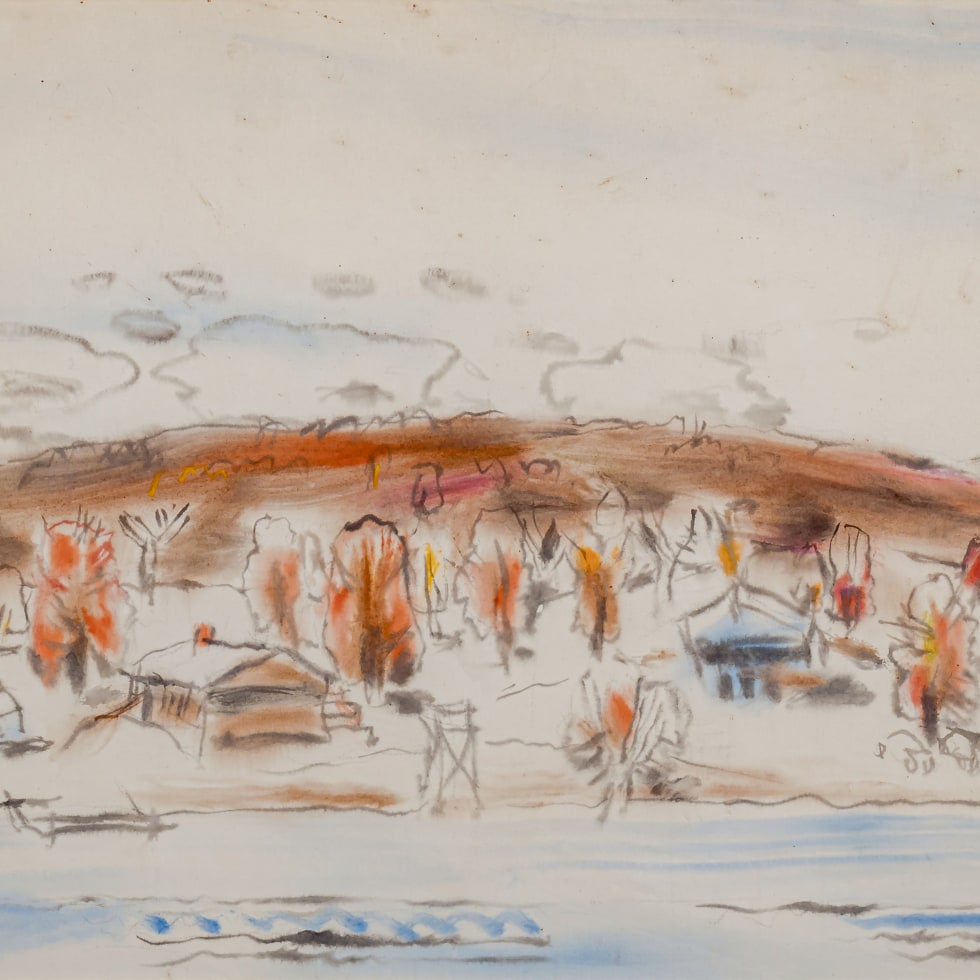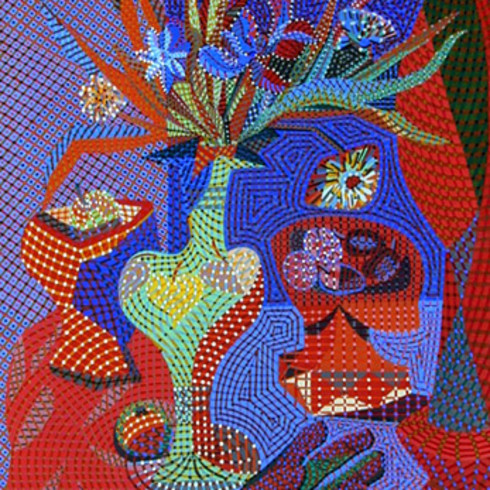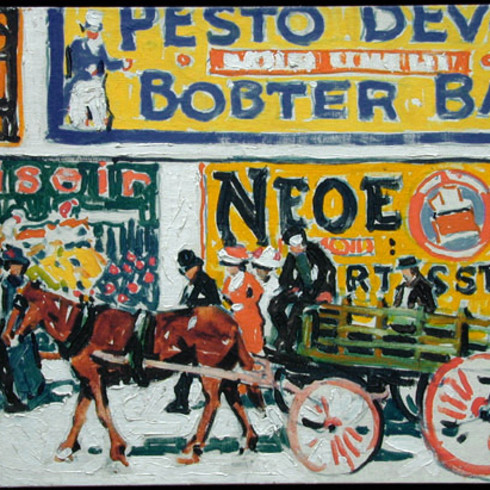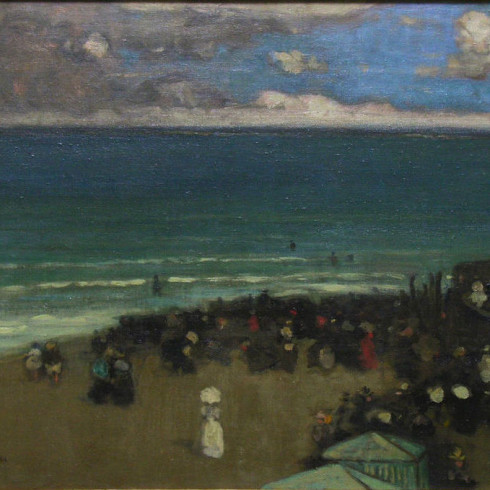Notable Sales
Store Fronts (New York), 1914-15
61.6 x 66 cm
This work is included in the David B. Milne Catalogue Raisonne of the Paintings compiled by David Milne Jr. and David P. Silcox, Vol. 1, no. 106.2, p. 140.
Provenance
Lloyd Singer, Toronto through Cecil Troy, Toronto, 1969.
Emmett's Custom Framing, Ltd., Toronto, circa 1975.
Galerie Walter Klinkhoff Inc,, Montreal;
Acquired from the above by Mitzi and Mel Dobrin in 1975.
Exhibitions
Montreal, Galerie Walter Klinkhoff, David Milne (1882-1953) Retrospective Exhibition, 15-29 September 2001, cat. no. 9.Literature
David Milne Jr. and David P. Silcox, David B. Milne: Catalogue Raisonné of the Paintings Volume 1: 1882-1928, (Toronto: University of Toronto Press, 1998), no. 106.2, reproduced p. 140.By 1915, Milne was well known in the United States. His watercolours appeared in the Panama-Pacific Exposition – the World’s Fair held in San Francisco in this year – where he received the silver medal. More importantly for Milne’s legacy, in 1913, he exhibited five paintings in North America’s most important and controversial early exhibition of the avant-garde, the Armory Show. Seen in New York, Boston, and Chicago, it was here that Milne came into direct contact with the international avant-garde of the day, especially the paintings of Cézanne, Matisse, and Vuillard that he had begun to see in New York galleries. Store Fronts shows the painterly confidence that he had achieved. Milne’s New York work, whether in watercolour or oil, is at once bold and exquisitely subtle, characteristics that he developed throughout his career.
Mark A. Cheetham



